Table of content
Chestnuts, with their rich, sweet flavor and versatile culinary applications, are a beloved ingredient in kitchens worldwide. From hearty soups and stuffings to decadent desserts and roasted snacks, these nuts add a unique depth to dishes. However, the process of peeling chestnuts—both the tough outer shell and the bitter inner skin—can be intimidating for novice cooks and seasoned chefs alike. The struggle to remove these layers without damaging the tender flesh inside often leads to frustration. Fortunately, several tried-and-true methods simplify this task, ensuring you can enjoy chestnuts in your recipes without the hassle. This article explores the most practical and efficient techniques for peeling chestnuts, covering everything from traditional boiling and roasting methods to modern shortcuts like microwaving and freezing. Whether you’re preparing a holiday feast or a quick weekday meal, these strategies will help you master chestnut peeling with confidence.
Understanding Chestnut Anatomy: Why Peeling Is Challenging
Before diving into techniques, it’s essential to grasp why chestnuts are notoriously difficult to peel. Unlike almonds or walnuts, which have smooth, thin shells, chestnuts are enclosed in a hard, spiky outer hull and a thick, papery inner skin (called the pellicle). The outer shell protects the nut from pests and environmental damage, while the pellicle acts as a natural barrier against moisture loss. However, these layers adhere tightly to the flesh, making manual peeling tedious. Additionally, chestnuts contain starch that solidifies when cooked, further bonding the skin to the nut. Understanding this structure helps explain why certain methods—like heating or freezing—are effective in loosening these bonds.
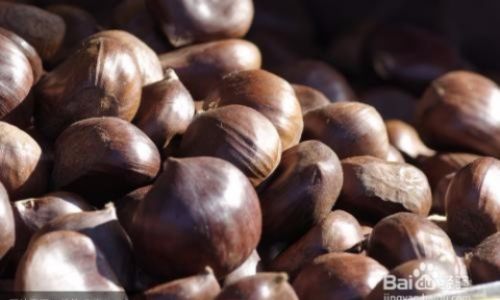
The Boiling Method: A Classic Approach
Boiling is one of the oldest and most reliable ways to peel chestnuts. This method softens both the outer shell and inner skin, making them easier to remove. Here’s a step-by-step guide:
Steps:
-
Preparation:
- Rinse the chestnuts under cold water to remove dirt or debris.
- Using a sharp paring knife, carefully score an “X” or straight line on the flat side of each chestnut. This cut prevents the nut from exploding during cooking and allows steam to escape, loosening the shell.
-
Boiling:
- Fill a large pot with water and bring it to a rolling boil.
- Add the scored chestnuts (no more than 1 cup at a time to maintain boiling temperature) and cook for 3–5 minutes. The exact time depends on the chestnut’s size; larger nuts may need an extra minute.
-
Peeling:
- Drain the chestnuts and let them cool slightly until they’re safe to handle.
- Peel off the outer shell and inner skin while they’re still warm. The heat softens the layers, but if they cool completely, the skin will reattach. Work in batches to maintain warmth.
Tips for Success:
- Timing is Key: Overcooking chestnuts makes them mushy and harder to peel neatly. Undercooking leaves the skin stubbornly attached.
- Use a Towel: Hold the chestnuts with a kitchen towel to protect your hands from heat.
- Save the Water: Some chefs reserve the boiling water to loosen stubborn skin later. Soak unpeeled chestnuts in the hot water for 5 minutes if needed.
Roasting Method: Enhancing Flavor While Peeling
Roasting chestnuts in an oven or over an open fire imparts a smoky, caramelized flavor while loosening the shells. This method is ideal for recipes like stuffing or as a standalone snack.
Steps:
-
Preparation:
- Preheat your oven to 425°F (220°C) or prepare a fireplace with moderate heat.
- Score each chestnut as described earlier. Without scoring, the nuts may explode due to steam buildup.
-
Roasting:
- Oven: Arrange the chestnuts in a single layer on a baking sheet. Roast for 15–20 minutes, shaking the pan occasionally to ensure even cooking.
- Open Fire: Place chestnuts in a wire basket or foil packet with ventilation holes. Roast for 10–15 minutes, turning frequently.
-
Peeling:
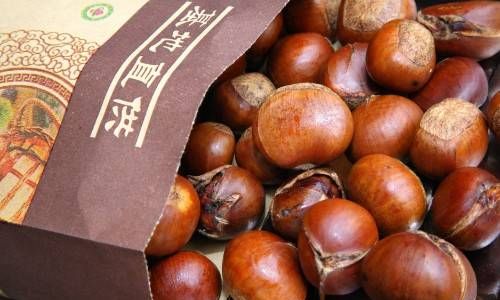
- Remove the chestnuts from heat and wrap them in a clean kitchen towel for 5–10 minutes. The steam generated will further loosen the shells.
- Peel while still warm, starting from the scored “X.” The inner skin should come off easily, but persistent pellicle can be scraped with a knife.
Pro Tips:
- Fire-Roasted Nuance: For a traditional touch, roast chestnuts over an open flame. The slight charring adds depth to the flavor.
- Batch Peeling: Roast more chestnuts than needed, as some may stick or burn. Store unpeeled roasted chestnuts in an airtight container for up to 2 days.
Microwaving Method: Speed and Convenience
The microwave offers a quick alternative for peeling small batches of chestnuts. While it may not yield perfectly intact nuts every time, it’s ideal for time-constrained cooks.
Steps:
-
Preparation:
- Score each chestnut deeply to prevent bursting.
- Place 6–8 chestnuts in a single layer on a microwave-safe plate.
-
Cooking:
Microwave on high power for 1–2 minutes. Check after 1 minute and adjust timing based on your microwave’s wattage.
-
Peeling:
Let the chestnuts cool slightly, then peel while warm. The shells may split unevenly, so use a paring knife to pry them open.
Limitations:
- Microwaved chestnuts can dry out quickly, so peel them immediately.
- This method works best for recipes where appearance isn’t critical (e.g., purees).
Freezing Method: A Cold Approach to Loosen Skins
Freezing chestnuts exploits the expansion of water molecules, which weakens the bond between the shell and flesh. This technique requires planning ahead but minimizes effort.
Steps:
-
Preparation:
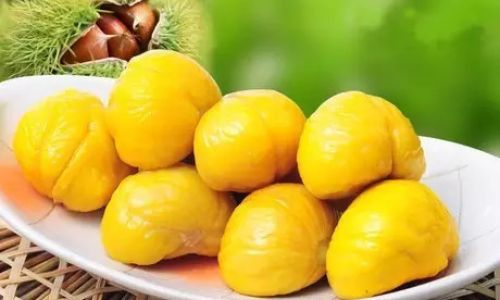
- Score the chestnuts and boil them for 2–3 minutes (this step is optional but speeds up peeling).
- Drain and let the chestnuts cool completely.
-
Freezing:
Spread the chestnuts in a single layer on a baking sheet and freeze for 2–3 hours, or until solid.
-
Peeling:
- Thaw the chestnuts at room temperature for 10–15 minutes.
- The shells and skin should crack and peel off easily. Use a knife for stubborn spots.
Advantages:
- Freezing preserves chestnuts for up to 3 months, allowing you to peel them in advance.
- No specialized equipment is needed.
Scoring and Cutting Tools: Precision Matters
The right tools can transform the peeling process. Invest in a quality chestnut knife or use these household alternatives:
- Chestnut Knife: A short, curved blade with a rounded tip designed for scoring without slipping.
- Serrated Knife: Ideal for cutting through tough shells.
- Kitchen Shears: Snip the shell carefully to avoid damaging the flesh.
Safety Tips:
- Always cut away from your body.
- Use a cutting board with a non-slip surface.
- Wear gloves if you’re new to scoring chestnuts.
Soaking in Hot Water: A Gentle Alternative
For delicate recipes where cooking is undesirable, soaking chestnuts in hot water can help loosen the skin.
Steps:
-
Preparation:
Score the chestnuts and immerse them in a bowl of hot water (not boiling) for 20–30 minutes.
-
Peeling:
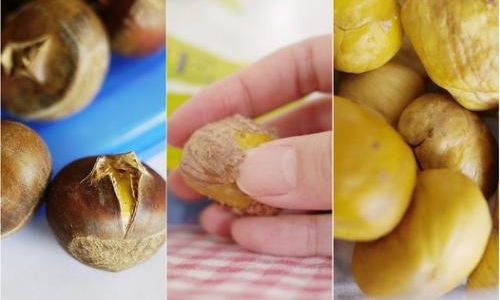
- Drain the chestnuts and pat them dry.
- Peel off the shell and skin while the nuts are still warm. The inner skin may require gentle scraping.
Best Uses:
- Raw chestnut preparations like salads or marinated dishes.
Specialized Gadgets: From Cutters to Peelers
For frequent chestnut users, specialized tools streamline the process:
- Chestnut Cutter: A handheld device that scores multiple nuts at once.
- Electric Chestnut Peeler: Automates the peeling process using rotating blades (available in commercial kitchens).
- Manual Cracker: A lever-based tool that cracks shells without crushing the flesh.
Cost-Benefit Analysis:
While gadgets save time, they’re unnecessary for occasional use. Stick to knives and boiling pots for infrequent peeling.
Combination Techniques: Maximizing Efficiency
Experienced cooks often blend methods for optimal results. For example:
- Boil-and-Freeze: Boil chestnuts, freeze them, then thaw and peel.
- Roast-and-Soak: Roast chestnuts, then soak them in hot water to loosen stubborn skin.
Experiment to find your preferred workflow.
Storing Peeled Chestnuts: Prolonging Freshness
Peeled chestnuts deteriorate quickly. Extend their shelf life with these tips:
- Refrigeration: Store in an airtight container for up to 5 days.
- Freezing: Blanch peeled chestnuts in boiling water for 1 minute, then freeze for up to 6 months.
- Vacuum Sealing: Prevents freezer burn and preserves texture.
Creative Recipe Ideas for Peeled Chestnuts
Once peeled, chestnuts shine in countless dishes:
- Soup: Simmer with vegetables and herbs for a creamy base.
- Stuffing: Mix with breadcrumbs, sausage, and apples.
- Dessert: Puree into mont blanc paste or fold into cake batter.
- Roasted Snack: Toss with olive oil, rosemary, and sea salt.
Troubleshooting Common Peeling Issues
- Stubborn Inner Skin: Soak peeled chestnuts in warm water for 10 minutes, then scrub gently.
- Mushy Texture: Reduce boiling or roasting time.
- Uneven Scoring: Use a chestnut knife for precision.
Conclusion: Mastering the Art of Chestnut Peeling
Peeling chestnuts need not be a daunting task. By leveraging techniques like boiling, roasting, or freezing—and arming yourself with the right tools—you can transform this chore into a seamless part of your cooking routine. Whether you’re crafting a festive centerpiece or a cozy weeknight meal, these methods ensure your chestnuts are perfectly peeled and ready to elevate any dish. Experiment with different approaches to find what suits your schedule and kitchen style, and soon you’ll wonder why you ever found this task challenging. Happy peeling!
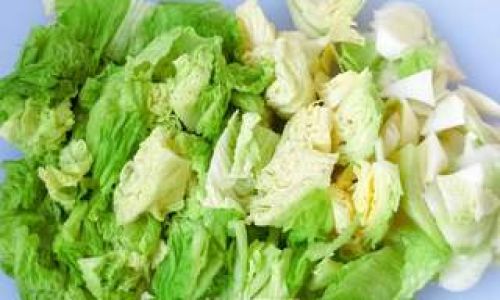

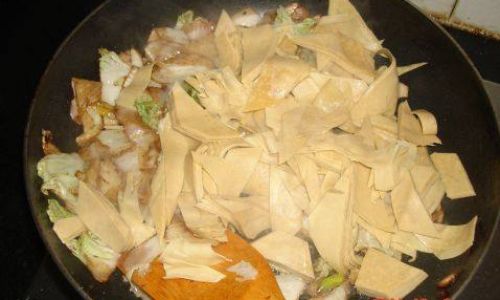
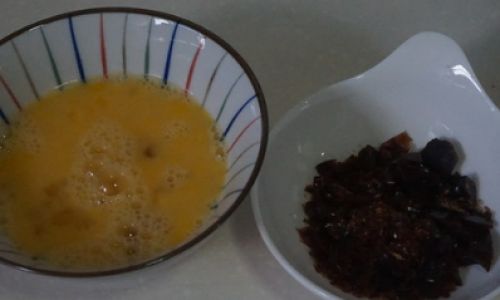
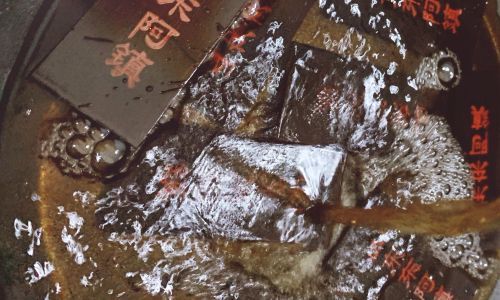
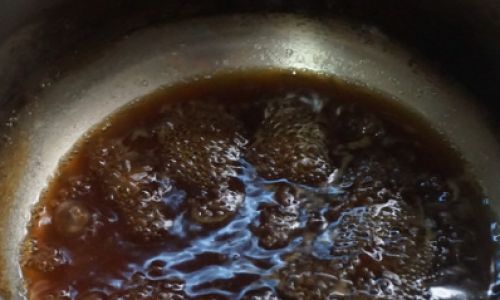
0 comments